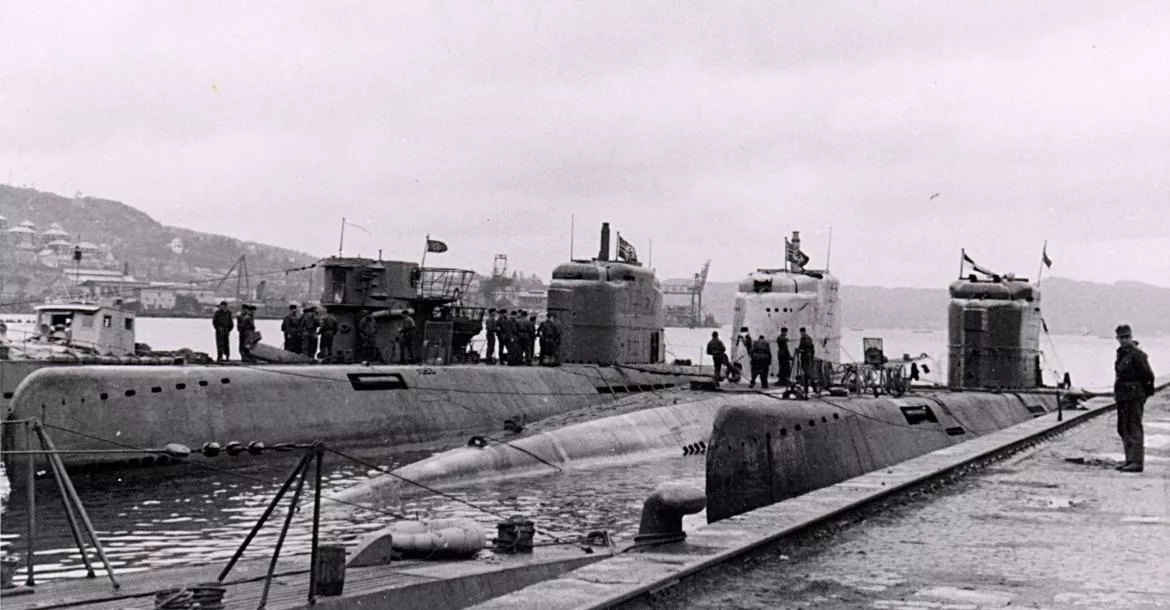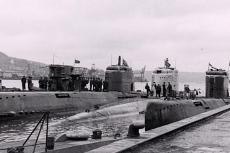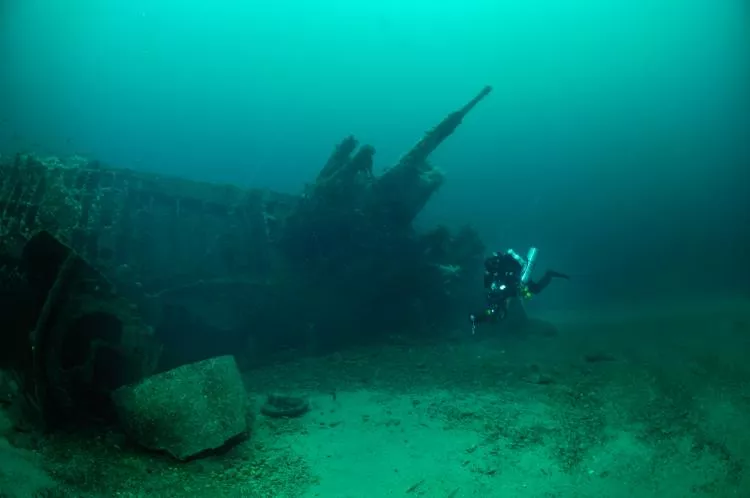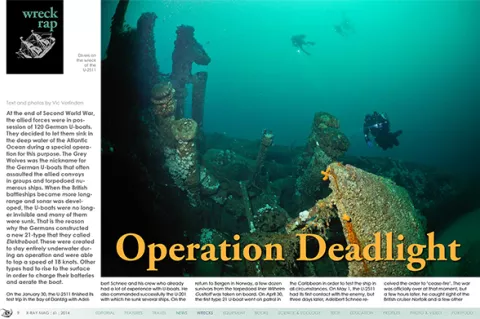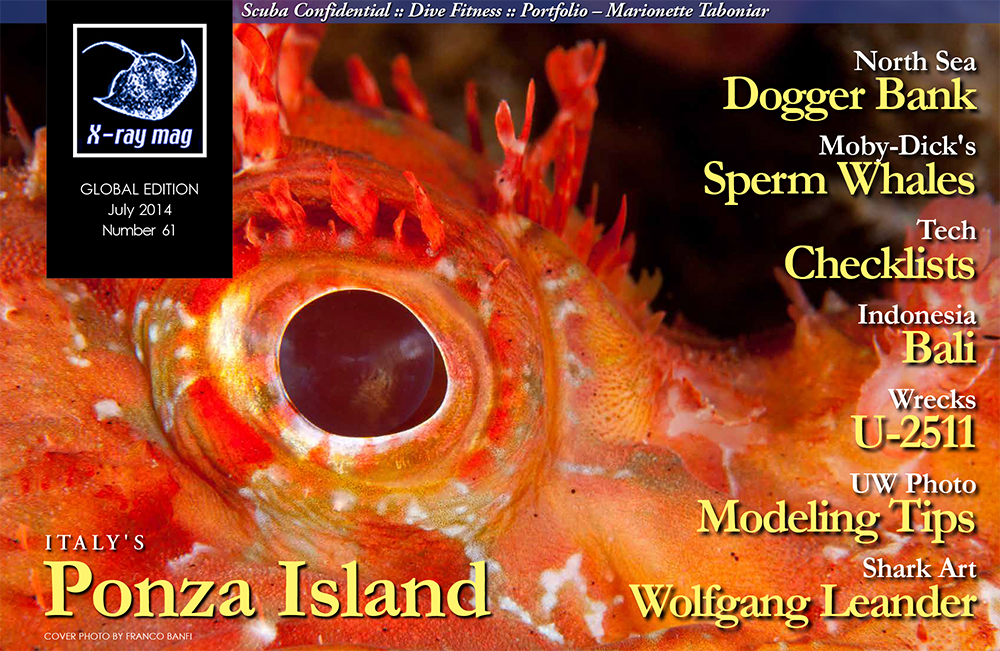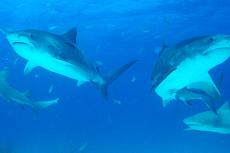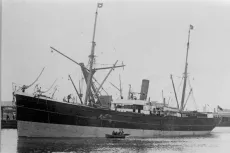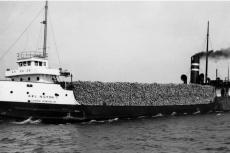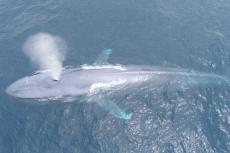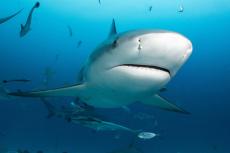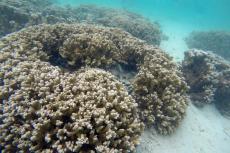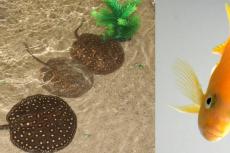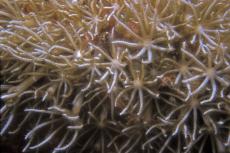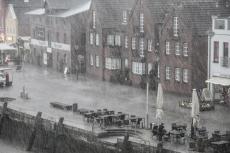At the end of Second World War, the allied forces were in possession of 120 German U-boats. They decided to let them sink in the deep water of the Atlantic Ocean during a special operation for this purpose.
Contributed by
On the January 30, the U-2511 finished its test trip in the Bay of Dantzig with Adelbert Schnee and his crew who already had a lot of experience with U-boats. He also commanded successfully the U-201 with which he sunk several ships. On the return to Bergen in Norway, a few dozen survivors from the torpedoed liner Wilhelm Gustloff was taken on board. On April 30, the first type 21 U-boat went on patrol in the Caribbean in order to test the ship in all circumstances.
On May 1, the U-2511 had its first contact with the enemy, but three days later, Adelbert Schnee received the order to "cease-fire". The war was officially over at that moment, but a few hours later, he caught sight of the British cruiser Norfolk and a few other warships that he could approach within 500 metres.
Schnee had the possibility to execute a perfect assault, but he changed his mind and ordered the crew to continue the voyage to their home port in Bergen which they reached on May 5. The U-2511 proved its efficacy but it was too late to bet on the powerful weapon with success. No member of the crew was wounded or killed during the patrol, and there were no victims on the enemy side.
Burying the Wolves in the depths
After the end of the Second World War, the seized U-boats were gathered together in Lishally, Ireland. The Allied forces decided to sink an enormous quantity of U-boats, which they torpedoed to the depths of the Atlantic Ocean off the Irish coastline. Operation Deadlight was created, and they started to sink the 121 U-boats.
Under the circumstances, a good many U-boats never reached the planned area. As there were sometimes problems during the rigging with bad weather, it was possible that a decision was made to sink the U-boat in shallow water.
The U-2511 was rigged on
7 January 1946, but the weather was so bad that the gear broke, and the U-2511 went round in circles without anybody in command of it out in open ocean. They decided then to sink the submarine with gunfire. After a while the boat sank little by little and reached a depth of 72 metres in 20 minutes. Many other submarines sank that way in the shallows, contrary to prevailing belief at the time, and some of them were discovered when the technical divers came out in the 90's.
Most important U-boat wreck
A local diver, Al Wright, discovered one of the wrecks in 1999. Then in 2001, the English U-boat specialist, Innes McCartney, undertook an expedition in the area and filmed several wrecks. One of them was the U-2511. The wreck was still in good condition, so the expedition was able to capture magnificent images of the elektroboot. The U-2511 is the only type that was well preserved and is therefore an important archaeological find.
(...)

